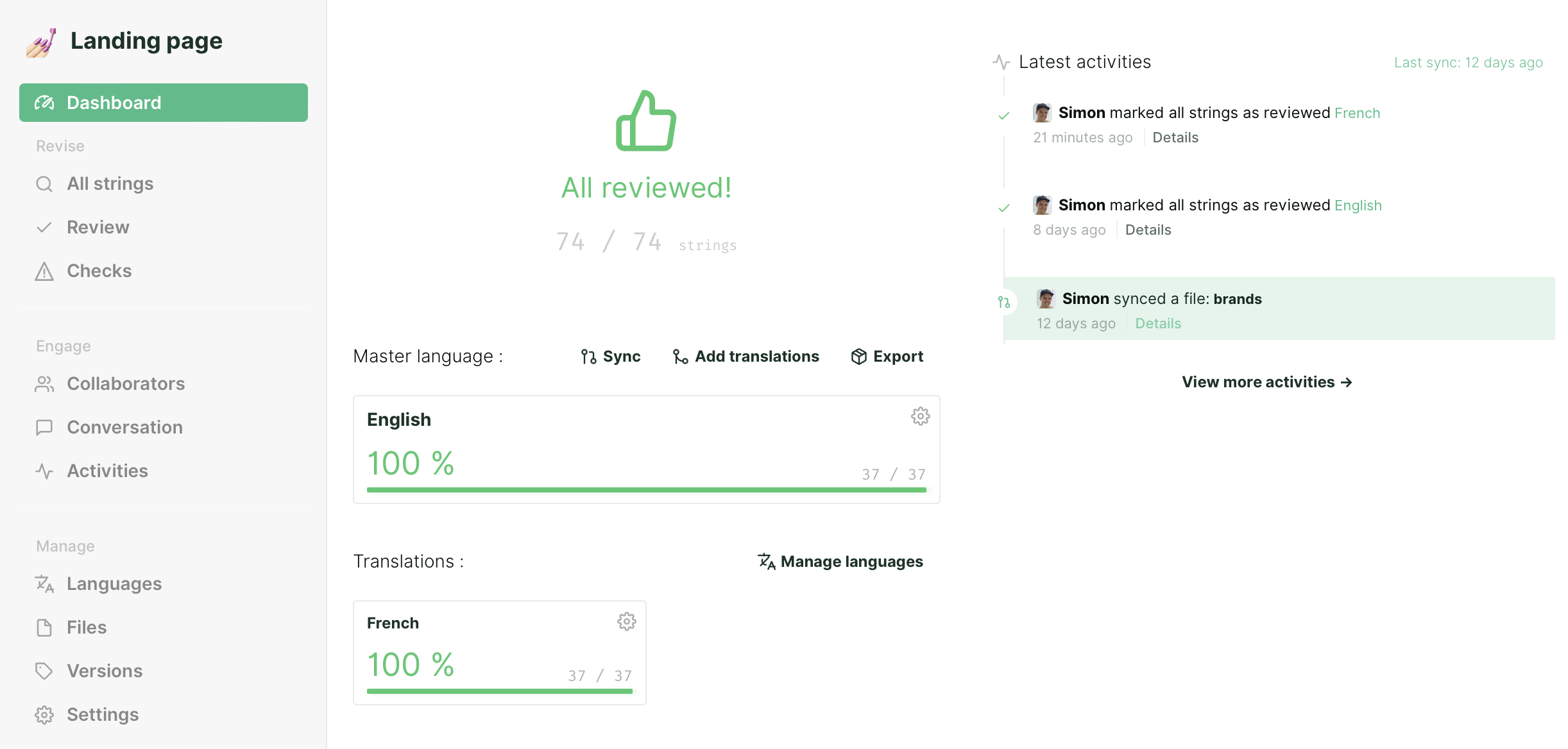Enhancing Translation Workflow with a Translation Management System
As we continue to expand our products, the need for a more streamlined and efficient translation workflow has become increasingly apparent. Our current process involves developers creating a draft using tools like Google Translate or DeepL, and then sending these translations to responsible or trusted individuals for review. However, this method has proven to be less than ideal, especially as our system grows in size and complexity.
The Challenge
One of the main challenges we faced was communicating with non-English speaking reviewers. Requesting them to review the "proposed translations" was not always straightforward. Moreover, as our system grew, it became increasingly difficult to keep track of what has been reviewed and what hasn't.
The Solution: A Central Translation Management System
To address these issues, we turned to a Translation Management System (TMS). A TMS offers a "non-developer" friendly way to translate our Dashboards, making it easier for reviewers to understand and provide their feedback.
After considering various options, we decided to use accent.reviews as our self-hosted TMS. This platform allows our build system to upload the raw .po or .json translation files to the service automatically on every commit. And it provides a great visualization of how far a specific language has been translated, making it easier to track progress.

With multiple people assigned as reviewers, the responsibility of reviewing translations gets distributed evenly. This not only lightens the load for each individual but also speeds up the review process.
Additionally, one can start a conversation about certain translations - for example, it should say "Visits over Hour" instead of "Visitors over Hour."
The Implementation
Once the translations are reviewed and confirmed, they are automatically synced with the centralized system and written during compilation time. This means that there is no inter-dependence introduced. If new translations need to be deployed, a new build can be triggered easily, ensuring that the latest translations are always used.
The Benefits
The implementation of a TMS has brought several benefits:
- It offers a non-developer friendly way to translate our Dashboards, making it easier for reviewers to provide their feedback.
- It provides a centralized way to manage our translations, ensuring that all translations are stored in one place.
- It distributes the responsibility of reviewing translations, lightening the load for each individual and speeding up the review process.
- It ensures that the latest translations are always used, improving the accuracy and consistency of our translations.
In conclusion, the implementation of a TMS has greatly improved our translation workflow. It has made the process more efficient, organized, and user-friendly, proving once again that smart solutions can overcome even the most complex challenges.
